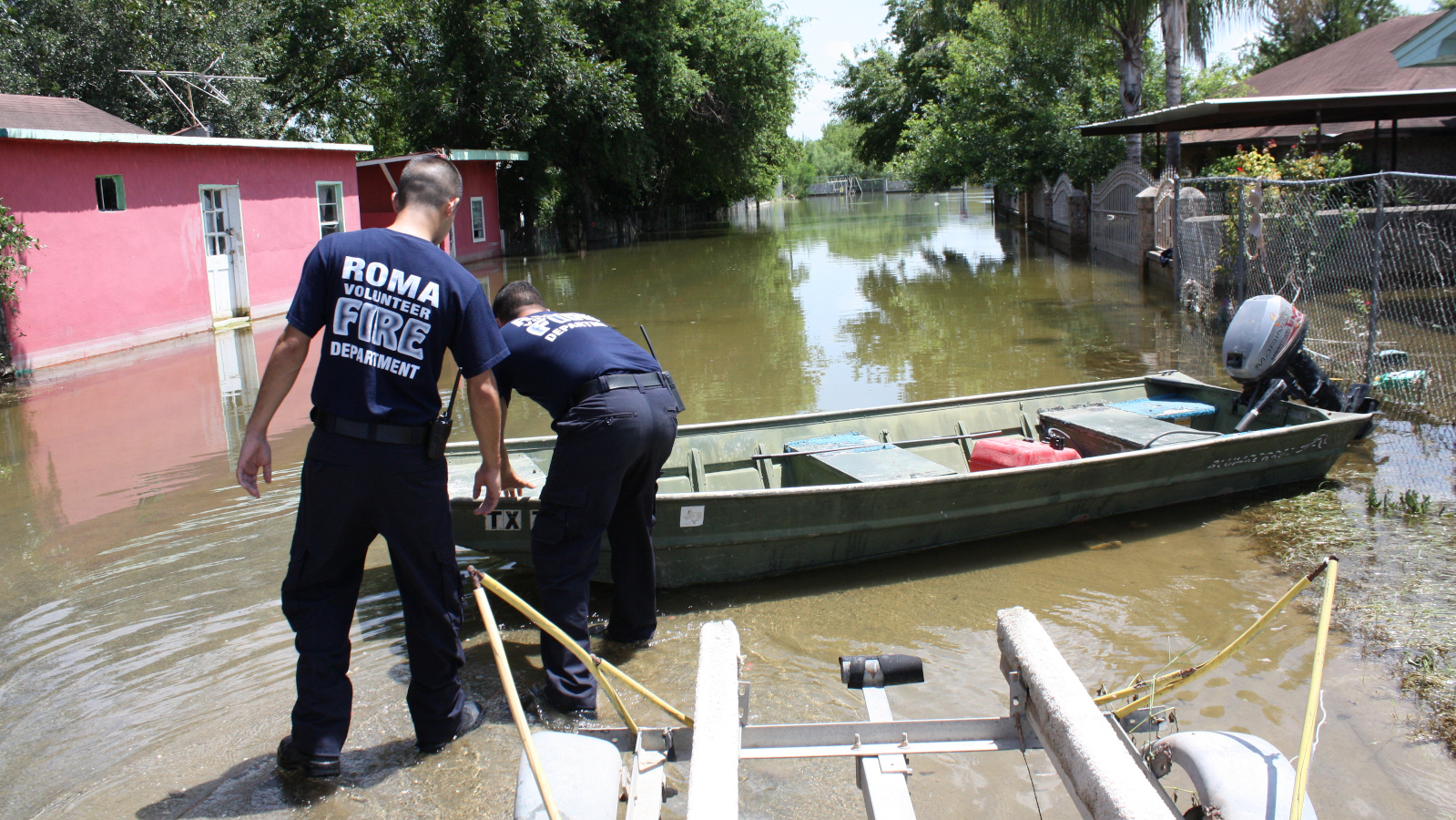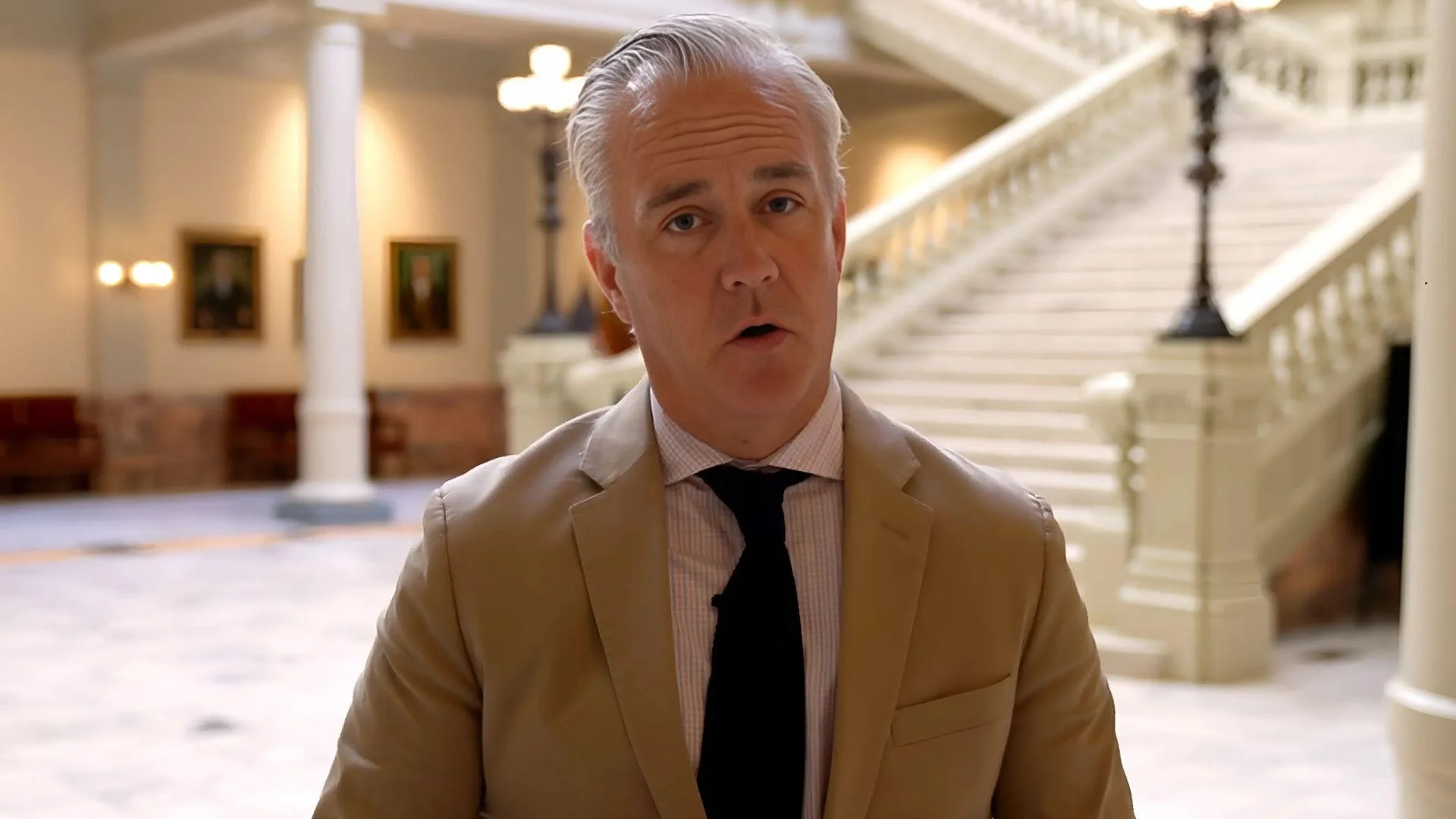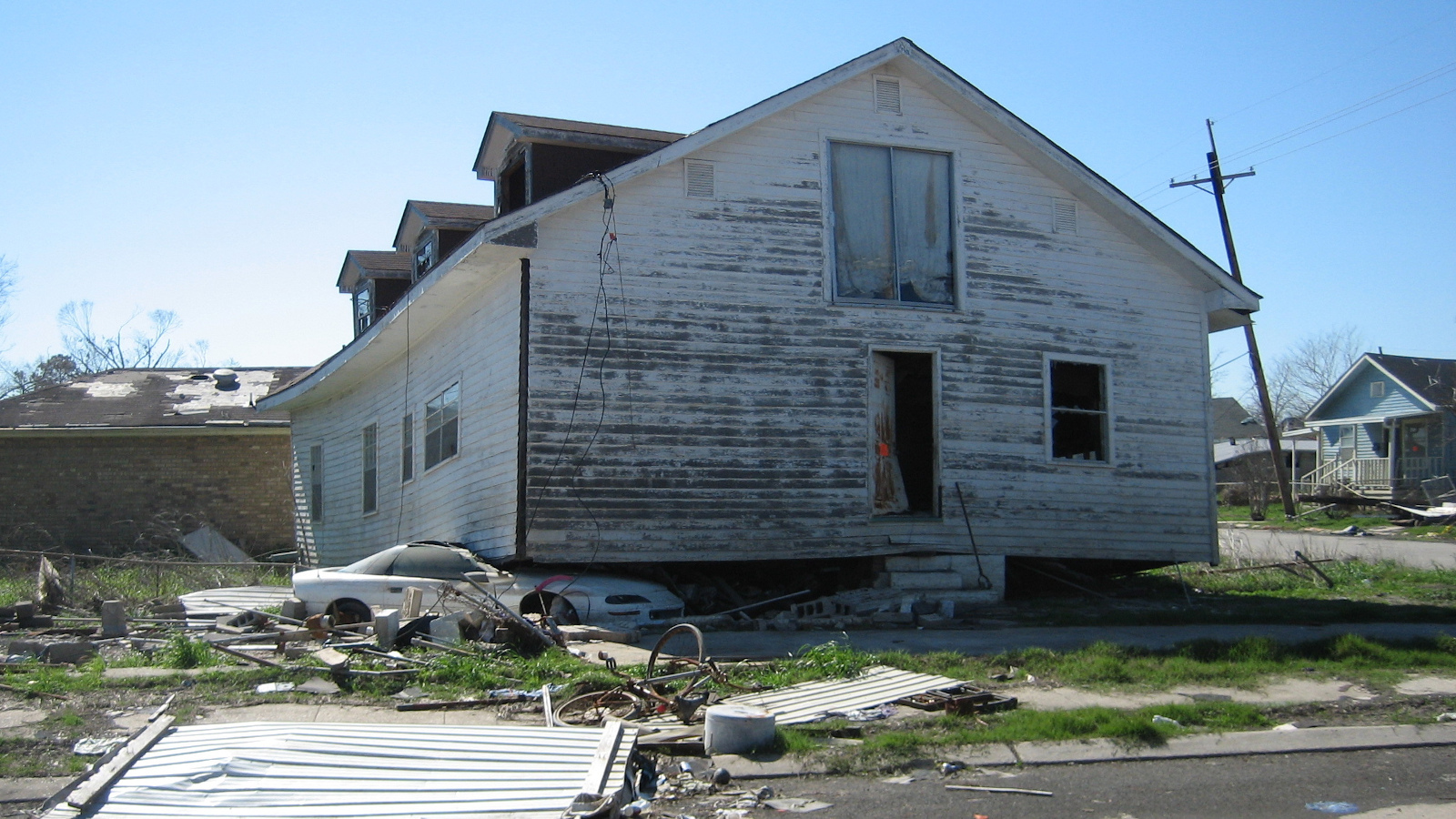
Low-income Black and Hispanic homeowners are more likely to live in high-risk flooding areas. | Daniel Llargues/FEMA
Low income Black and Hispanic people have a higher likelihood of living in high-risk flooding areas than white and Asian people, a University of Arizona study revealed.
Some reforms proposed for the federal government’s flood insurance program could put a bigger burn on those groups of people according to the study, Phys.org reported.
The record-breaking 2020 Atlantic hurricane season has had Hurricanes Hanna, Isaias, Laura, Marco and Sally made landfall in the United states. Hurricane Delta was on a path to make landfall in the U.S. most likely along the Louisiana or upper Texas coast.
Laura Bakkensen, an associate professor in the School of Government and Public Policy in the College of Social and Behavioral Sciences, researches policy responses to natural disasters and was the paper's lead author. The Journal of Environmental Economics and Management will publish the study in its November issue.
Four years of South Florida property sales data for nearly 50,000 homes were studied. As many properties in the area are prone to flooding, Bakkensen said it made for a strong case study.
"Flood risk house-by-house may be very different. My neighbor across the street from me might be at low risk but maybe I'm at a lower elevation and maybe I'm at high risk," Bakkensen told Phys.org. "We wanted to be really careful to disentangle what is really flood risk versus a lot of other things that might correlate with flood risk in the data," such as proximity to the coastline, which is typically considered an amenity.
Researchers gained an idea of the factors homeowners considered about where to buy or not buy a house with the data. White and Asian people with low incomes would be willing to pay about $710 per year on average to live outside of a high-risk flooding area. The figure was approximately $500 for Black people and Hispanic people willing or able to pay $618 more, Phys.org reported.
Funding is difficult for the federal program with conflicts in its mission, which is to provide affordable flood insurance for homebuyers. That makes borrowing money from the Treasury Department a regular occurrence.
By removing two subsidy programs, different negative effects would happen according to simulations run by the researchers. Black and Hispanic homeowners would have more of their average annual incomes devoted to flood insurance costs.
Revisions to update flood maps would provide value to lower income homeowners, but the difference fluctuates based on ethnicity, Phys.org reported. The revised maps would give white and Asian homeowners an annual value of $144. Hispanic homeowners would get $70 and Black homeowners an annual value of $60.
For white and Asian homeowners, revised maps provided an annual value of $144; that value was $70 for Hispanic homeowners and $60 for Black homeowners.
These disparate findings surprised her the most, Bakkensen said.
"It shows that even with good-intentioned policy reform, we still have to be careful and do our due diligence to make sure there aren't unintended consequences that could cause harm to communities that may already experience a lot of harm from flooding and other natural disasters," Bakkensen told Phys.org.



 Alerts Sign-up
Alerts Sign-up